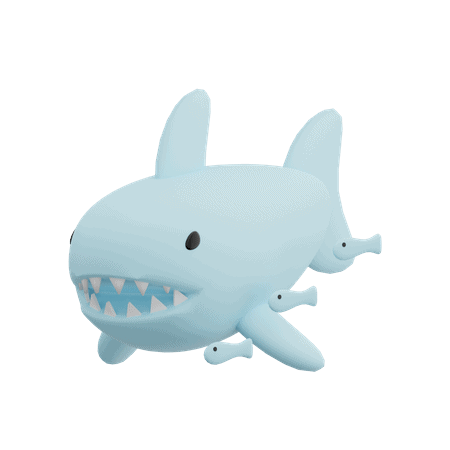Download your FREE copy of the whitepaper now
The Digital Maturity Model was developed in collaboration with the Antwerp Management School. It is an easy-to-understand model which will guide your freight forwarding business in becoming future-proof 🚀
How will forwarders survive?
Freight forwarders are the architects of transport because they are typically in charge of conducting trading activities and forging important, strong relationships with different stakeholders.
But then, change is the only constant. In this age of information technology, the subject of digital transformation is gaining prominence across a multitude of sectors, including the maritime shipping industry. This phenomenon is compelling key and upcoming freight forwarders to rethink and reform their strategies and operations. The pace of digitization depends on the companyʼs vision, strategy and capabilities.
This model will help you:
- To better understand the current state of the freight forwarding industry as well as how to become more future proof, with a focus on digitization. Therefore we created a categorization of freight forwarders , based on their digital maturity;
- to identify the strengths, limitations and areas of improvement in the current digital freight forwarding landscape;
- as a guiding source for the current digital freight forwarders to identify where they currently stand in the digital freight forwarding spectrum. It is possible that companies may want to undergo a significant level of digital transformation in the near future based on their vision and strategy. So, we outlined certain recommendations for such ambitious players which can guide them in their strategic and tactical changes.
The Digital Maturity Model
The four animals of the freight forwarding sea:

Turtle: fully traditional
Manual processes, little to no investments in digital tools. Oen smaller companies, targeting a specific niche. Usually manages their own physical assets such as fleet and warehouses. Basic customer service.

Crocodile: mainly traditional
Some use of digital tools, mainly due to a focus on cost / time efficiency. Not much physical infrastructure, which allows for some flexibility. Some services tailored to specific customer needs.

Seal: traditional-digital
Usually larger companies with a strategic focus on IT. Many key activities are done digitally. Investments in FMS, visibility and digital customer service.

Shark: fully digital
Usually larger companies with a strategic focus on IT. Many key 99% of activity is digital. In-house soware is key infrastructure. Customer interactions are digital through a self-service portal. Little to no physical assets.

Using the model: what type is your company?
The Digital Maturity Model is available as a free download ⬇️





